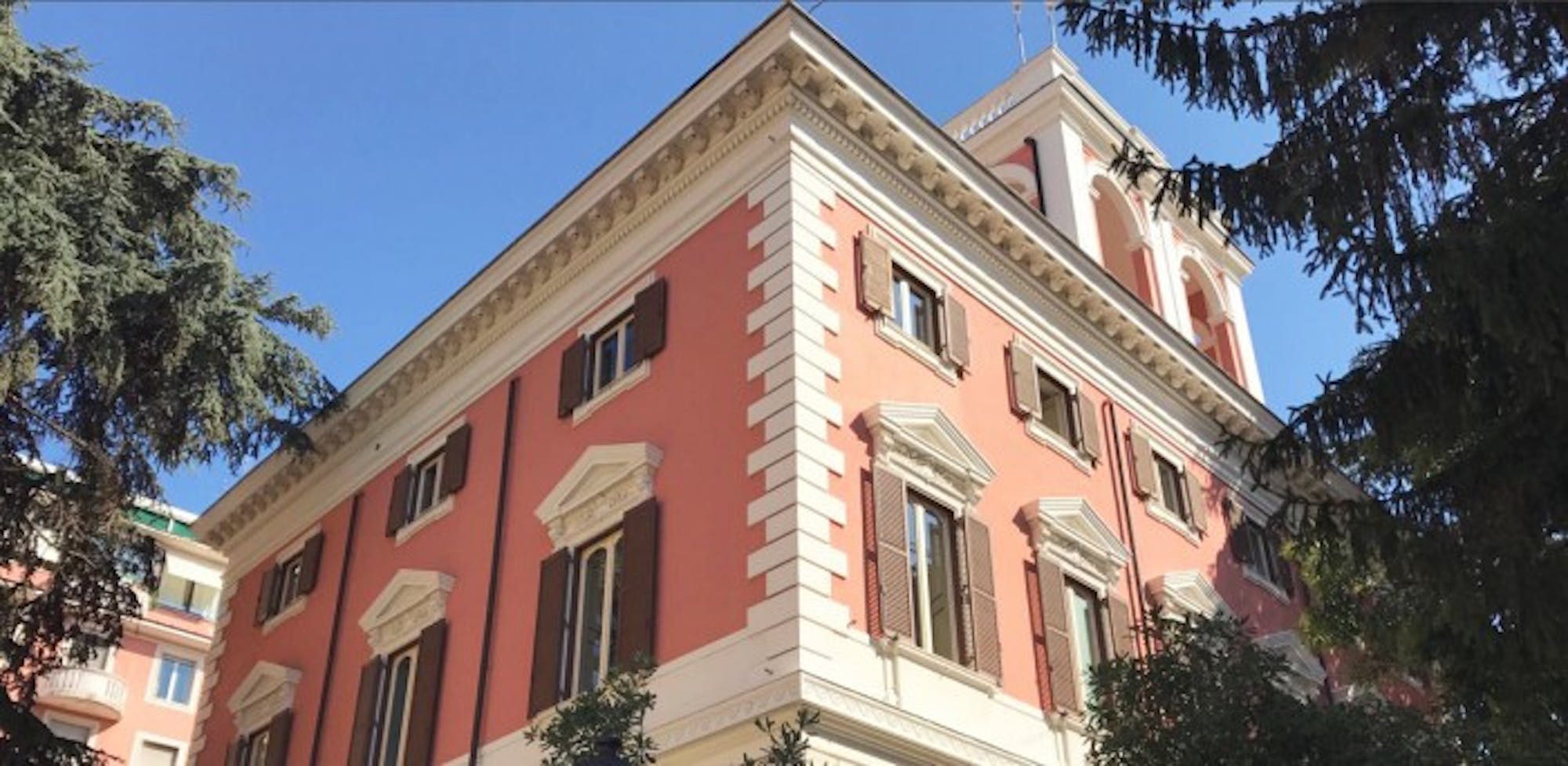In 2016, Notre Dame purchased a villa in Rome to serve as a site for the Rome Global Gateway Program, and this fall marks the first semester Notre Dame students are living in the villa while studying abroad in Rome.
Villa rector Justin Bartkus, a double Domer from the class of 2010 and the class of 2012, said the villa currently houses 61 students and one assistant rector. Bartkus lives on the property, but not in the villa. He said the villa will be at full capacity with 90 students next semester.
Thirty-seven of the students are architecture students, junior MaryGrace Lewis, an architecture student currently in Rome, said. Lewis said studying in Rome is an invaluable opportunity for these students.
“So much of architecture got its start and foundation in Rome, so what’s better than to come to the place of its origin?” she said. “Rather than looking at a textbook, we get to look at the buildings and go to the Forum and put your hands on it and walk through it and feel it instead of just studying it on a page.”
While referred to as “the villa,” the building is actually a villino, Lewis said, which is a smaller, generally single-family residence. While it’s a stand-alone building, a villino is surrounded by a yard, she said.
The Notre Dame villa includes four floors and a basement, has a terrace on top and a courtyard surrounding the building, Lewis said. She said an annex is located in the courtyard, which includes the rector’s residence and the student center, and the entire area is secured by a fence.
Bartkus said the villa is designed so that students explore Rome.
“The building itself is very very nice and architecturally beautiful and actually like a classical Roman villa,” he said. “But functionally, as a dorm the idea is not that it’s so plush that students want to spend a lot of time here. It’s that the best teacher here, the best faculty, is the city itself.”
When comparing the villa to the dorms, Lewis said one of the most noticeable differences would be the lack of a single-gender residence. In the villa, each floor is single-gender, but the building is mixed-gender. She also said bathrooms are not community style. Instead, there are typically two bedrooms in a hallway that share a bathroom in more of a suite style.
Another key difference is the lack of a meal plan. Lewis said the students cook their food the majority of the time, but the villa also brings in a chef three times a week who cooks traditional Italian meals for 70 euros a month.
“It’s a small fee, but it’s definitely worth it,” Lewis said. “It’s delicious.”
Bartkus said the building itself has a history of its own apart from the students currently living there. Located near the Colosseum, the building used to be a Jewish school and a fascist prison at one point, he said. Most recently before Notre Dame purchased it, Bartkus said the villa was a local police station.
“It’s not physically just the four walls that surround the students who are staying here,” he said. “It itself has its own history that is unique and interesting.”













